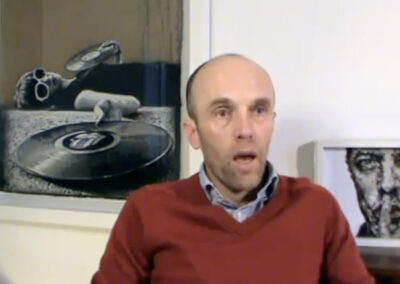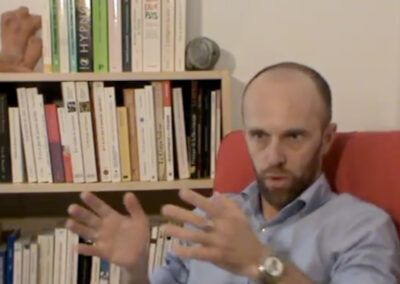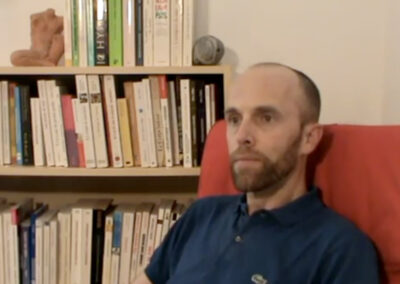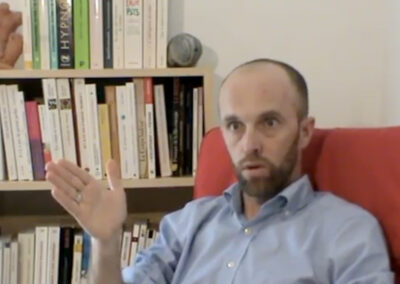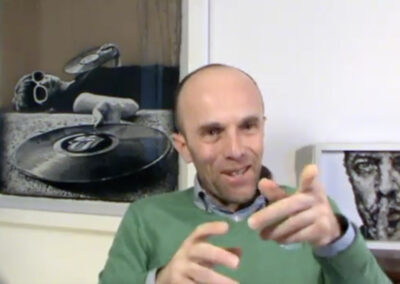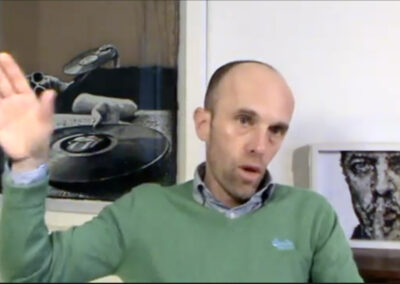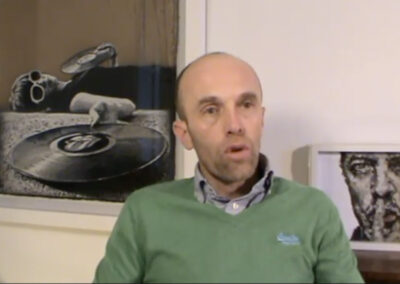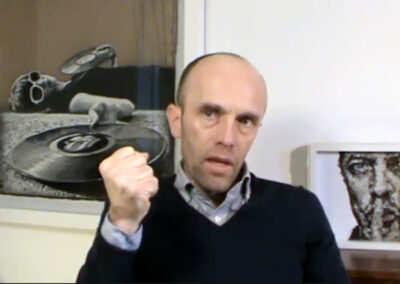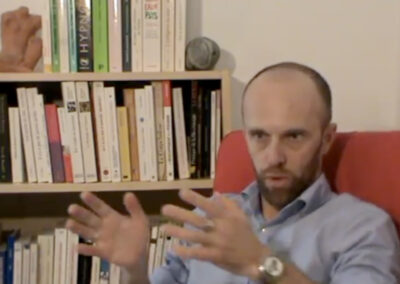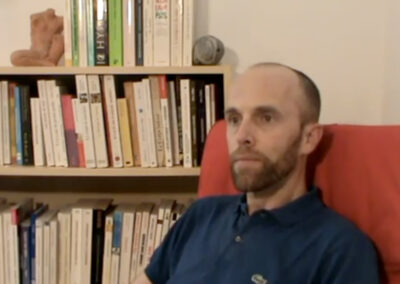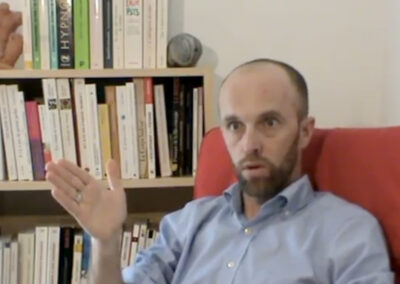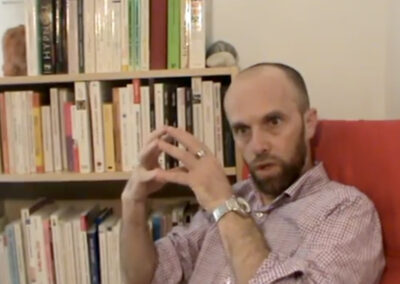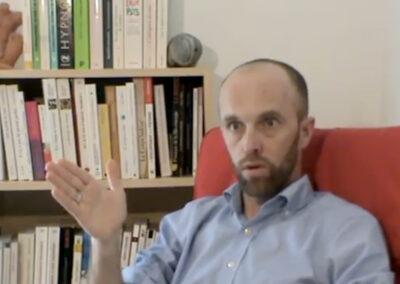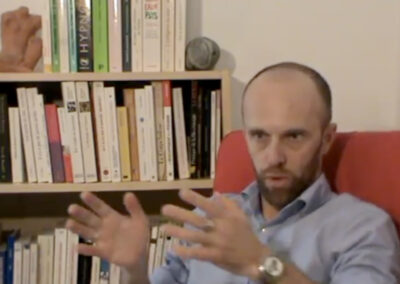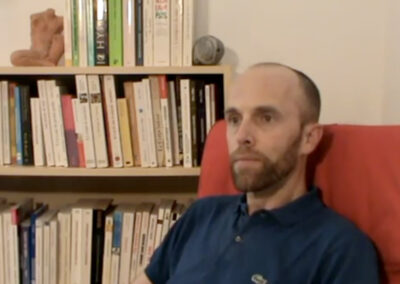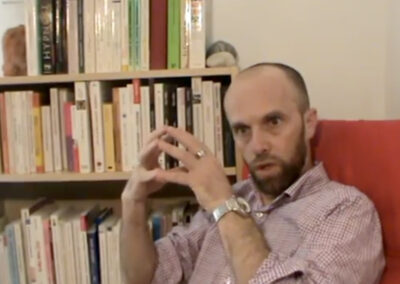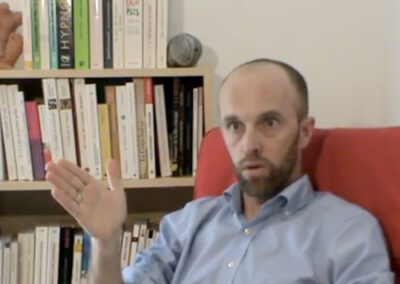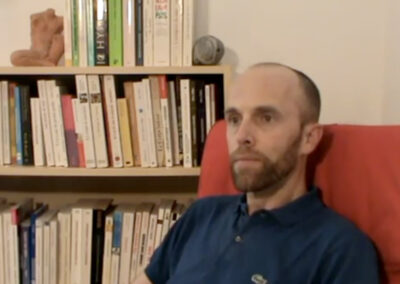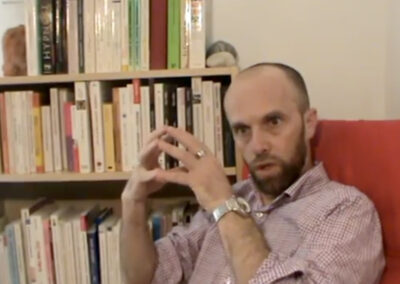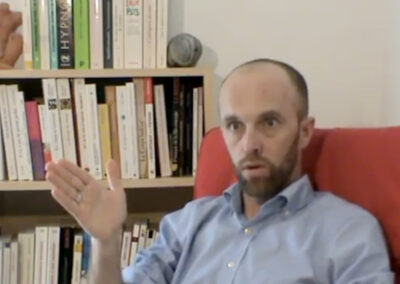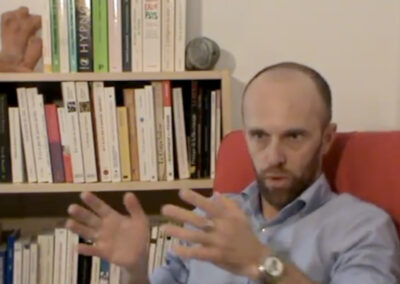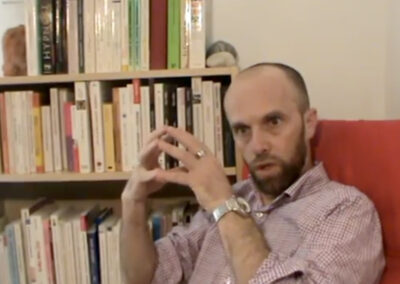My method
Simple, clear and concrete videos
16 key videos
- the 4 stages of natural need satisfaction
- the 7 normal emotions of the human brain
- the 5 universal languages of love
- the 4 neuroscientific keys to happiness
- the 7 wounds of the heart
- the 5 dragons of emotion
- the 4 verbs of the relationship
- the 3 normal reactions to stress
- the 7 parasitic emotional disorders
- painful, sickly, passive and abusive stress: FREEZING
- the 4 stages of inhibition of action and repression of emotions (FREEZING)
- the 3 symptoms in FREEZING
- the 10 psychological locks of the FREEZING pressure cooker
- the 5 stages of emotional digestion
- the 4 human brains
- the 5 psychotherapeutic principles of stress
Key #1 - The 4 stages of natural need satisfaction
Key #2 - The 7 normal emotions of the human brain
Key #3 - The 5 universal languages of love
Key #4 - The 4 neuroscientific keys to happiness
Key #5 - The 7 wounds of the heart (or 7 roots of stress)
Key #6 - The 5 dragons of emotion
Key #7 - The 4 verbs of the relationship
Key #8 - The 3 normal reactions to stress
Key #9 - The 7 parasitic emotional disorders
Key #10 - Sick, passive and abusive stress: Freezing
Key #11 - The 4 stages of action inhibition and emotional repression (Freezing)
Key #12 - The 3 bugs or symptoms of Freezing
Key #13 - The 10 psychological locks of the pressure cooker
Key #14 - The 5 stages of emotional digestion
Key #15 - The 4 human brains
Key #16 - The 5 psychotherapeutic principles of stress
All videos
Anxiety, Fear, Agitation and Depression...

